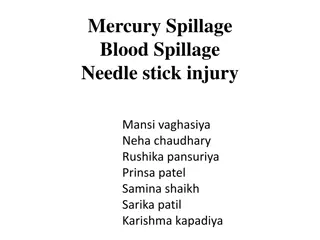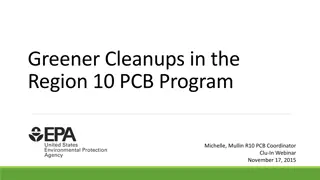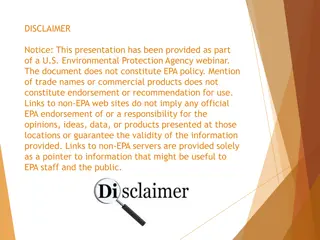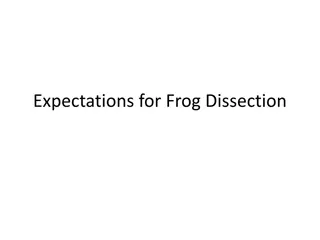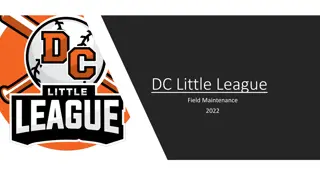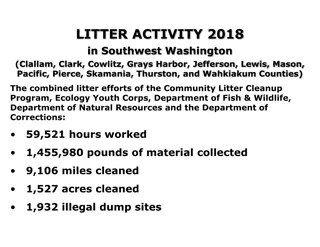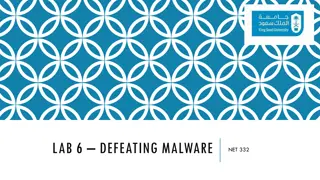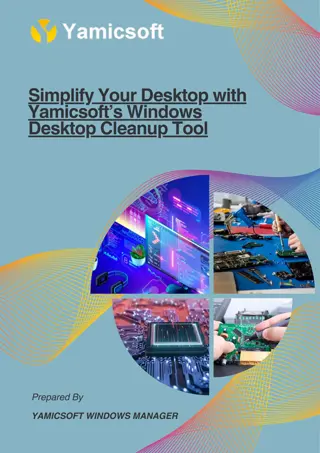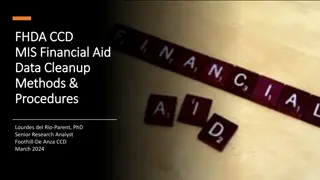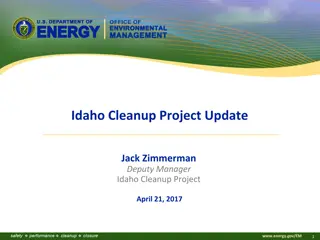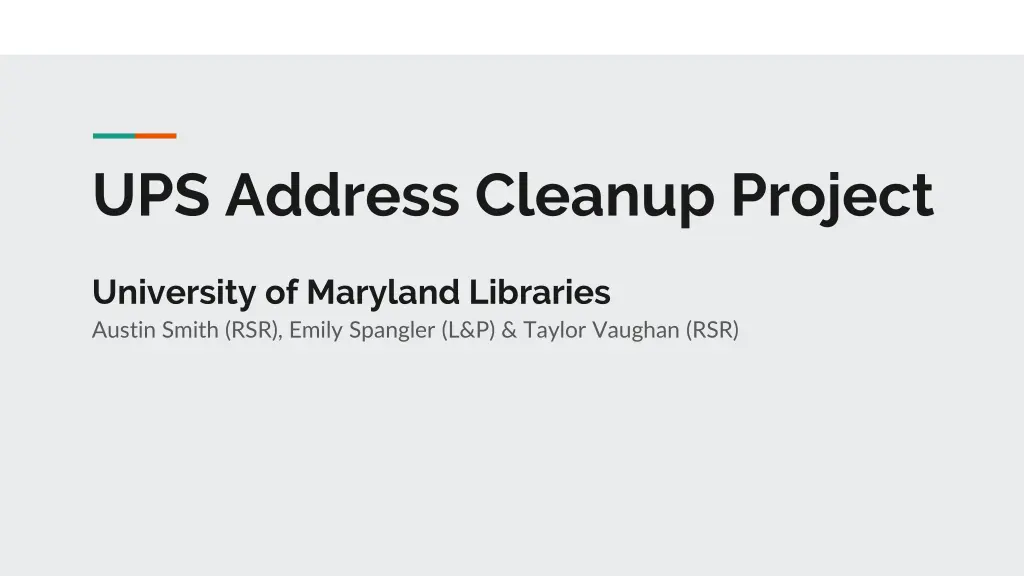
Streamlining UPS Address Management for University Libraries
Discover how the University of Maryland Libraries tackled UPS address issues by cleaning up their address book, improving internal workflows, and collaborating with various departments for better ILL practices. Follow their journey from identifying problems to implementing solutions.
Download Presentation

Please find below an Image/Link to download the presentation.
The content on the website is provided AS IS for your information and personal use only. It may not be sold, licensed, or shared on other websites without obtaining consent from the author. If you encounter any issues during the download, it is possible that the publisher has removed the file from their server.
You are allowed to download the files provided on this website for personal or commercial use, subject to the condition that they are used lawfully. All files are the property of their respective owners.
The content on the website is provided AS IS for your information and personal use only. It may not be sold, licensed, or shared on other websites without obtaining consent from the author.
E N D
Presentation Transcript
UPS Address Cleanup Project University of Maryland Libraries Austin Smith (RSR), Emily Spangler (L&P) & Taylor Vaughan (RSR)
The Problems We were being billed for incorrect UPS addresses ILL message boards were expressing similar frustrations Our UPS address book was cluttered, filled with duplicates and irrelevant addresses
The Solutions Importing a new UPS address book Improving our relationship with UPS and our own internal workflows Including other departments, units, and schools in this project to better ILL lending and borrowing practices
Old UPS Address Book Over 5000 addresses. Included: Duplicate addresses Addresses we didn t need anymore Addresses that were incorrect or out-of-date
Include Before scheduling the import, we asked several departments in our library if they needed to include addresses Our Digitization department at UMD also uses the UPS machine to ship and receive packages, so it was essential to keep them updated about the timeline of this project, as well as ask them for any addresses they wanted us to include in the import We hope sharing this process will encourage other schools with ILL departments or heavy resource sharing workloads to assess their address book It may also benefit ILL departments to make sure their own addresses are consistent as a best practice, to limit unnecessary UPS charges for other schools
Export, Review, & Import Through ILLiad, we identified ILL UPS addresses we currently ship to and put these addresses into two spreadsheets via Google Sheets for collaboration ease One sheet designated as Review Needed for addresses that may be needed but were missing pertinent information, i.e. address line, zip code, etc., and another designated as Ready for Import for addresses that had no issues About 900 addresses needed to be reviewed, so we each reviewed around 300 Once the addresses were cleaned up, they were added to the Ready to Import spreadsheet
Improve Creating UPS address barcodes will reduce the need for entering addresses manually, which often leads to duplicates or incorrect addresses Goal is to be able to scan most UPS addresses with a barcode, which then populates the address correctly every time Contacted our UPS customer representative as our point of contact for issues such as billing charges, address questions, and other technical help
Considerations We planned to use an UPS address validator before importing, but realized the validator did not recognize some of the correct addresses International shipping addresses were excluded from the review and import because they are always checked before a shipment We thought this would be a relatively quick process but ended up taking 3-4 months to complete We expect to get some invoices for incorrect addresses as a direct result of this project, but hope once those corrections are made it won t occur as frequently
1350 5048 Addresses
Conclusions Correcting an address book with thousands of addresses is no easy task, but with some organization and communication it can be done The goal for this project was to improve accuracy on our shipping logistics and costs. By eliminating unnecessary addresses, we think this goal was achieved RSR reformatted address barcodes to include most destinations, which will cut down on shipping errors and duplicates Next steps: L&P auditing the address book once a year and consulting RSR on deletions
Discussion - Talk to us! Are other libraries finding problems or frustrations with UPS? If yes, have you implemented different solutions than the one we presented or gone down a similar path? If no, do you weed your address books yearly, ship to only a select few addresses, or employ a different maintenance strategy? Even if your library does not have an ILL or logistics department, do you have any suggestions about further improving this project?
Questions? Austin Smith: afsmith@umd.edu Emily Spangler: espangl1@umd.edu Taylor Vaughan: tvaughan@umd.edu


